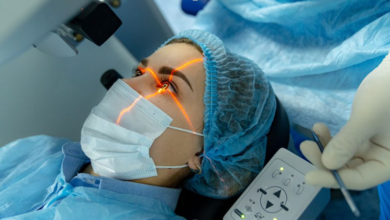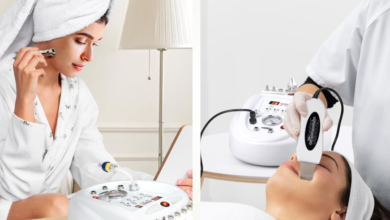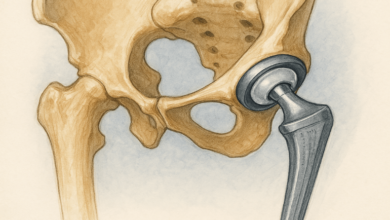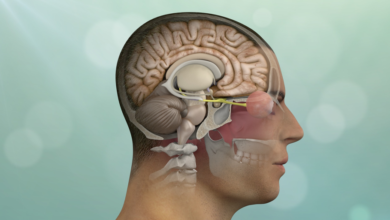Lifestyle Tips from Myopia Clinics to Slow Down Nearsightedness
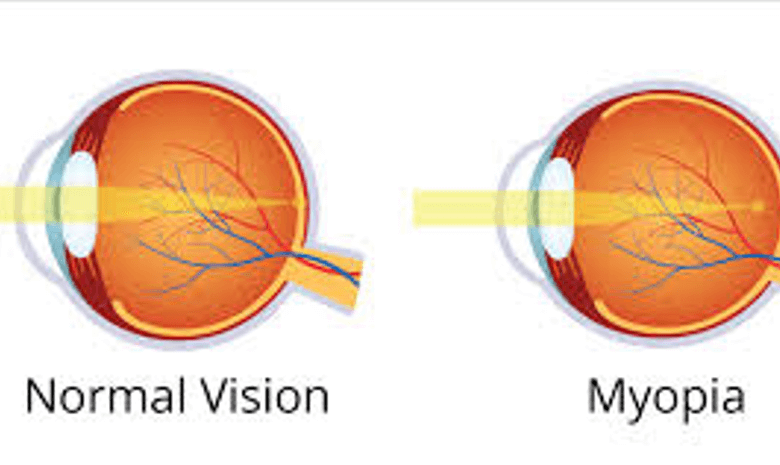
Myopia, or nearsightedness, is a refractive error where distant objects appear blurry while close-up vision remains clear. It’s becoming increasingly common among both children and adults, largely due to excessive screen time and reduced outdoor activity. Genetics also play a key role, if one or both parents are myopic, the chances of developing the condition increase. Understanding these risk factors is the first step toward better eye care and making informed decisions.
Importance Of Early Diagnosis And Monitoring
Early detection of myopia can prevent long-term vision complications. Children should have their eyes examined regularly, especially if they show signs like squinting, sitting too close to the TV, or complaining about headaches. Regular monitoring allows specialists to track the progression of the condition and intervene early with corrective lenses, behavioral changes, or other medical options. Ignoring the early signs may lead to high myopia, which increases the risk of retinal detachment, glaucoma, or cataracts later in life.
Eye-Friendly Habits For Screen Use
Digital devices are a major contributor to eye strain and worsening myopia. Incorporating screen hygiene habits can go a long way in reducing eye fatigue. Some effective tips include:
- Follow the 20-20-20 rule: every 20 minutes, look at something 20 feet away for 20 seconds
- Keep screens at least an arm’s length away
- Adjust brightness and contrast to comfortable levels
- Use anti-glare screens or blue light filters
Outdoor Time
Spending more time outdoors has been proven to reduce the risk of developing myopia, especially in children. Natural light helps regulate the eye’s growth, and outdoor activities give the eyes a break from constant near work. Even 1-2 hours outside per day can make a difference. Encourage activities like cycling, playing sports, or even a simple walk. This habit not only benefits vision but also promotes overall well-being.
Reading The Right Way
The way we read, both books and screens affects our eye health. Poor lighting or reading too closely can strain the eyes and worsen myopia. It’s essential to read in well-lit environments and maintain a proper distance from reading material. Ideally, hold books at least 14-16 inches away from your eyes and sit upright to avoid unnecessary strain. Tilted surfaces or reading stands can help maintain a good posture.
Nutrition That Supports Eye Health
Your diet can play a subtle but powerful role in managing eye health. Vitamins A, C, and E, along with zinc, lutein, and omega-3 fatty acids, contribute to maintaining good vision and preventing eye strain. Foods like carrots, leafy greens, citrus fruits, nuts, and fish are beneficial for your eyes. While no food can reverse myopia, a well-balanced diet supports overall ocular health and complements other myopia-control strategies.
Sleep And Eye Strain
Inadequate sleep can worsen eye strain and slow down the recovery process of tired eyes. The eyes need rest just like any other part of the body, and chronic sleep deprivation can lead to dryness, irritation, and difficulty focusing. For children and teenagers, this also overlaps with peak years for myopia development. Getting at least 7-9 hours of quality sleep supports eye repair, improves visual performance, and helps the body reset from daily screen exposure and near work.
Read also: Guardians of Health: Maintaining Safety in Drug Manufacturing
Specialized Advice From Myopia Clinics
One of the benefits of visiting a dedicated myopia clinic is access to personalized treatment. These clinics often offer specialized diagnostic tools, such as axial length measurements and corneal mapping, that go beyond a standard eye exam. Based on the results, doctors may recommend tailored strategies like orthokeratology lenses, atropine drops, or multifocal glasses.
Bandra has emerged as a hub for eye care, combining modern infrastructure with access to skilled ophthalmologists and optometrists. The locality is known for its technologically advanced clinics, experienced specialists, and patient-centered approach. This combination makes it ideal for anyone seeking quality vision care without the hassle of navigating crowded hospital chains. If you’re considering professional intervention, a visit to a Myopia clinic in Bandra could provide both treatment and a more personalized healthcare experience.
Choosing The Right Myopia Management Plan
There’s no one-size-fits-all approach to managing myopia. The right plan depends on age, lifestyle, degree of myopia, and rate of progression. A qualified specialist will help you navigate various options, ranging from glasses and contact lenses to pharmacological treatments and behavioral changes. Be open to revisiting the plan over time, as eye conditions and habits evolve.

